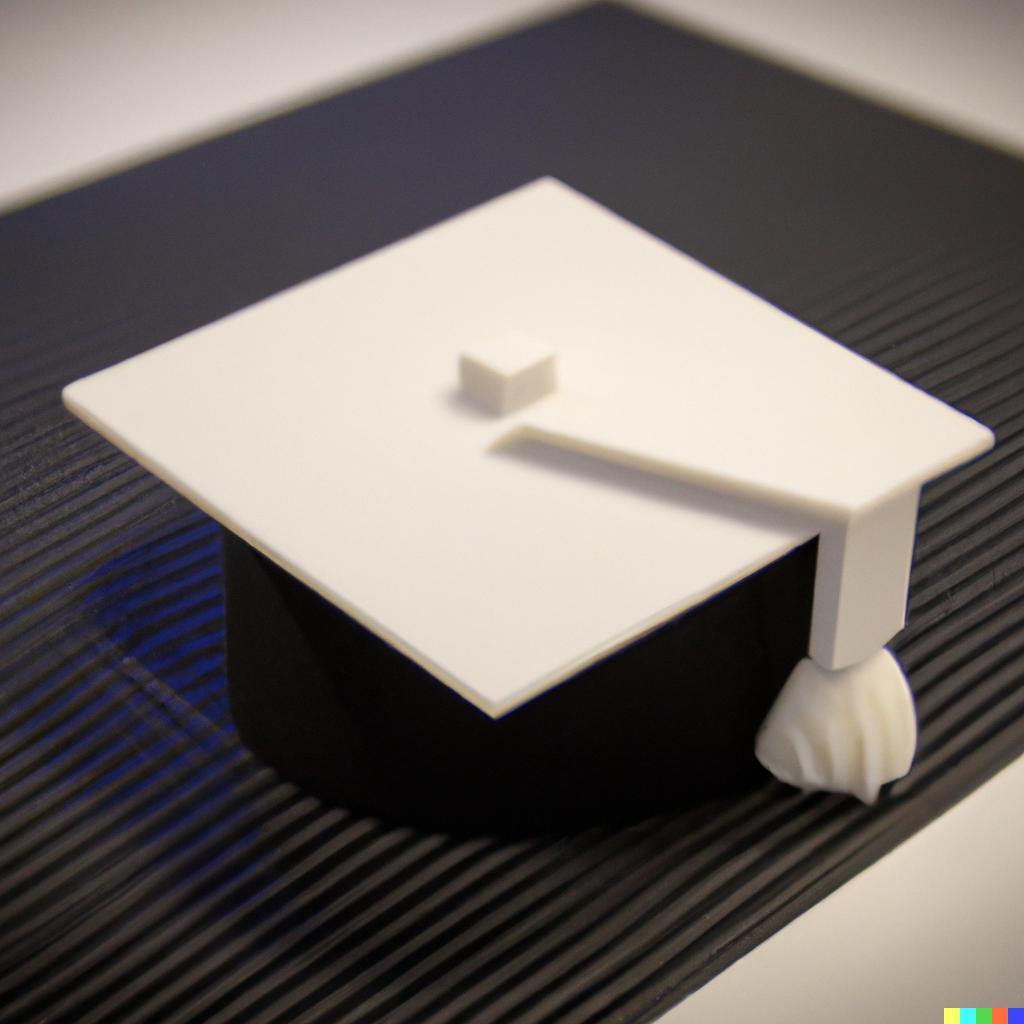Menu
Logo

3D printing and Raspberry Pi can be used for a wide range of educational and professional purposes. Here are a few examples:
STEM education: 3D printing and Raspberry Pi can be used to teach students about various subjects such as engineering, physics, and computer science. For example, students can use 3D printing to design and create their own mechanical devices and then use Raspberry Pi to control and program those devices.
Product prototyping: Engineers and product designers can use 3D printing to create functional prototypes of their designs before mass production. Raspberry Pi can be used to control the 3D printer and gather data from the prototype, allowing for more efficient testing and iteration.
Robotics: Raspberry Pi can be used to control and program robots, and 3D printing can be used to create custom parts and components for those robots. This combination can be used in educational settings to teach students about robotics, as well as in professional settings for tasks such as automated manufacturing or assembly.
Medical: 3D printing can be used to create prosthetic limbs, implants, and other medical devices. Raspberry Pi can be used to control the 3D printer and gather data from the printed devices, allowing for efficient and accurate creation of these devices.
Art and design: 3D printing can be used to create unique sculptures, jewelry, fashion, and other art forms. Raspberry Pi can be used to control the 3D printer and create interactive experiences with the printed artworks.
Overall, the combination of 3D printing and Raspberry Pi opens up a wide range of possibilities for education and professional fields, allowing for more efficient and innovative solutions.
Sign up for our newsletter and be the first to know about coupons and special promotions.
All prices are in AUD and include GST. © 2024 Little Bird Electronics Pty Ltd. ABN: 15 634 521 449.